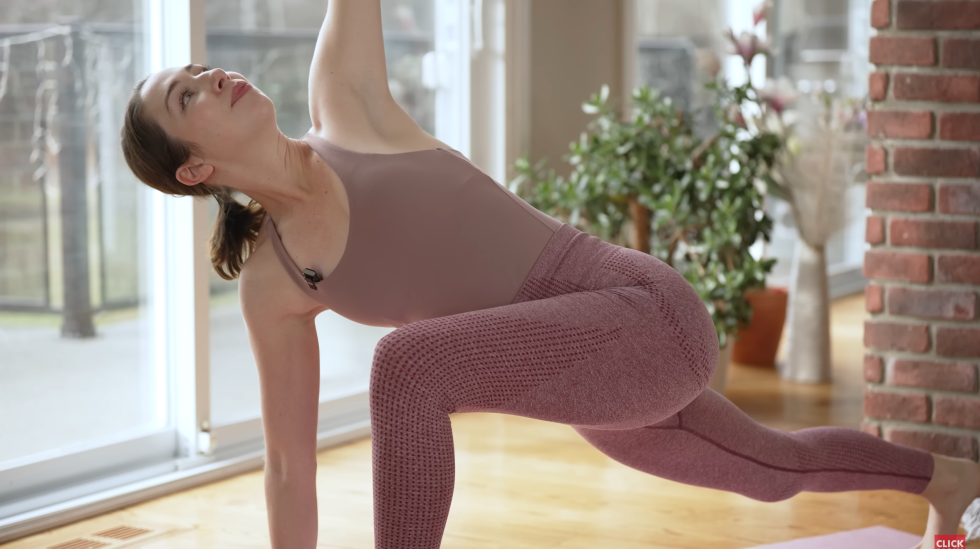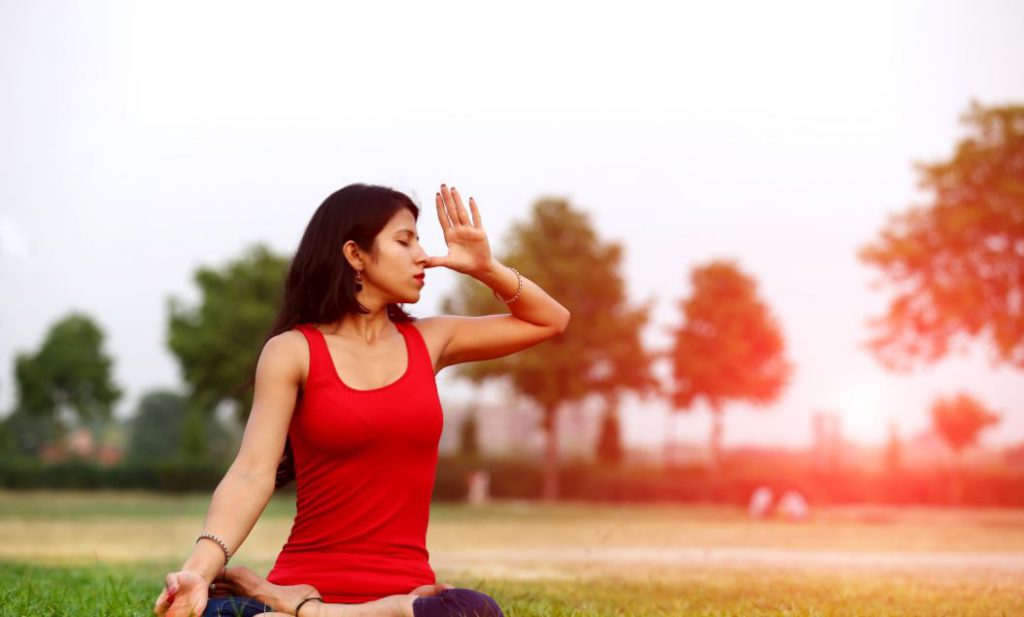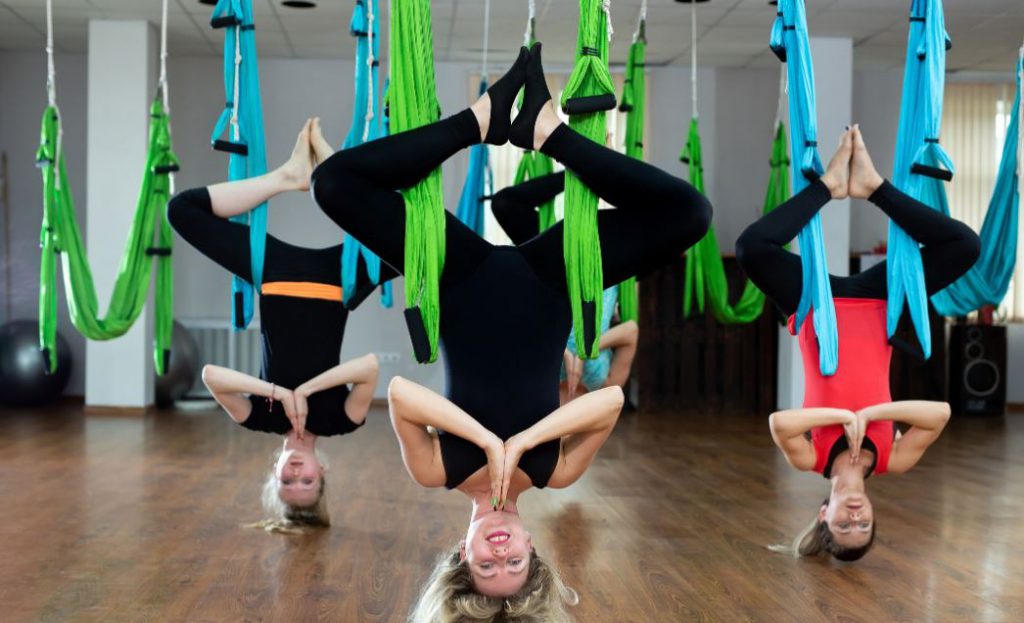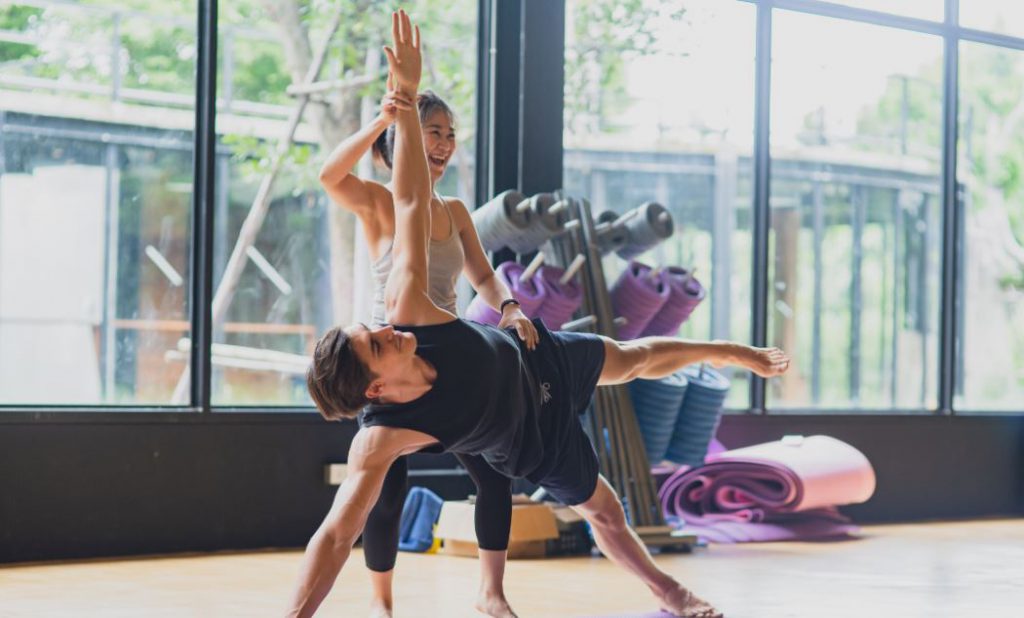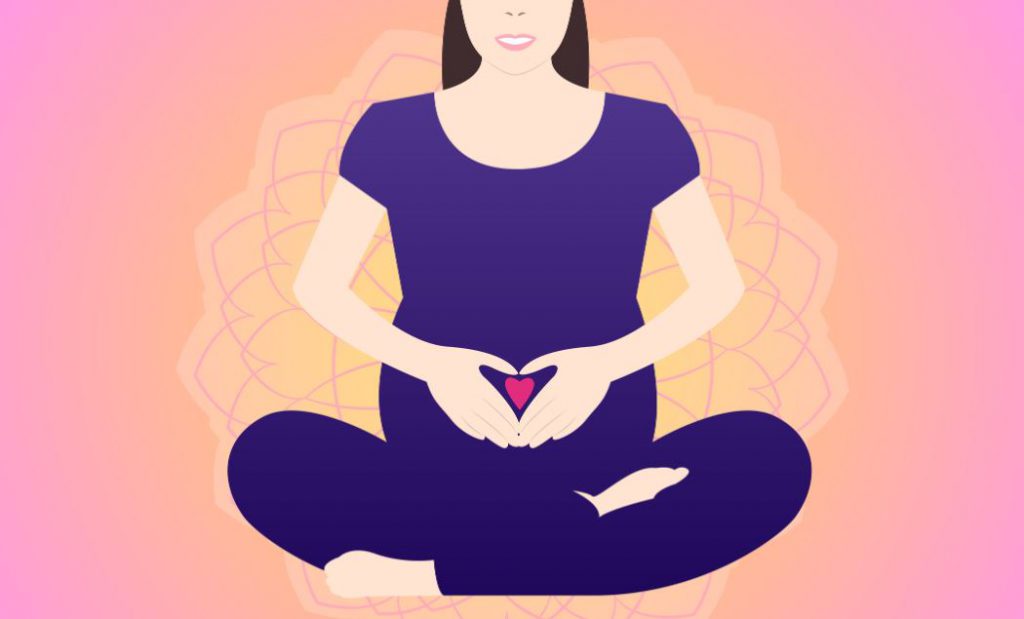Full body yoga poses are an integral part of a comprehensive yoga practice, offering a multitude of benefits for physical health, mental well-being, and spiritual growth. These poses engage multiple muscle groups simultaneously, promoting strength, flexibility, and balance throughout the entire body. Incorporating full body poses into your yoga routine not only enhances physical fitness but also deepens the connection between mind, body, and breath, fostering a sense of harmony and inner peace.
Mountain Pose
Mountain Pose, also known as Tadasana, serves as the foundation for all standing poses in yoga. It may seem simple at first glance, but mastering this pose requires mindful attention to alignment and breath. Begin by standing tall with feet hip-width apart, toes pointing forward, and weight evenly distributed across both feet. Engage the quadriceps and lift the kneecaps to firm the thighs. Lengthen the tailbone toward the floor while drawing the navel gently inward to support the lower back. Roll the shoulders back and down, extending the arms alongside the body with palms facing forward. Soften the gaze and breathe deeply, finding stability and ease in the posture.
Warrior II Pose
Warrior II Pose, or Virabhadrasana II, is a dynamic standing pose that cultivates strength, endurance, and concentration. From a standing position, step one foot back, aligning the heel with the arch of the front foot. Extend the arms parallel to the floor, with the front knee bent directly over the ankle. Square the hips toward the side of the mat and gaze over the front fingertips. Ground down through the outer edge of the back foot while pressing firmly into the front foot. Feel the energizing stretch through the arms, legs, and torso as you hold the pose with steady breath and focused awareness.
Downward Facing Dog Pose
Downward Facing Dog Pose, or Adho Mukha Svanasana, is a rejuvenating inversion that elongates the spine, strengthens the upper body, and stretches the entire back body. Begin on hands and knees in a tabletop position. Spread the fingers wide and tuck the toes, lifting the hips toward the ceiling. Press firmly into the hands and feet as you lengthen the spine, drawing the sit bones upward and back. Keep a slight bend in the knees to maintain length through the spine. Relax the head and neck, allowing the chest to melt toward the thighs. Take slow, deep breaths as you find ease and release in the pose.
Read More: How To Do A Headstand Against A Wall For Beginners
Bridge Pose
Bridge Pose, or Setu Bandhasana, is a gentle backbend that opens the chest, shoulders, and hip flexors while strengthening the back body. Lie on your back with knees bent and feet hip-width apart, heels close to the sitting bones. Press into the feet and lift the hips toward the ceiling, engaging the glutes and hamstrings. Interlace the fingers beneath the body or keep the palms flat on the floor for support. Draw the shoulder blades together and keep the chin slightly tucked to lengthen the neck. Hold the pose for several breaths, exploring the sensation of expansion and openness across the front body.
Corpse Pose
Corpse Pose, or Savasana, is the final relaxation posture practiced at the end of a yoga session, allowing the body and mind to integrate the benefits of the practice. Lie flat on your back with arms and legs extended, palms facing up. Close the eyes and release all muscular effort, allowing the body to surrender completely to the support of the earth beneath you. Soften the breath and invite a sense of deep relaxation to permeate every cell of your being. Remain in Savasana for several minutes, absorbing the peace and stillness that arise from within.
Incorporating full body yoga poses into your practice offers a holistic approach to physical and mental well-being, promoting strength, flexibility, and inner balance. From the grounding presence of Mountain Pose to the rejuvenating stretch of Downward Facing Dog, each posture invites you to explore the interconnectedness of mind, body, and spirit. By practicing these poses with mindful awareness and regularity, you can cultivate a deeper sense of self-awareness and vitality, both on and off the mat. Embrace the transformative power of yoga as you journey toward greater health, happiness, and harmony in your life.
Read : Differences Between Hatha, Ashtanga, and Vinyasa Yoga
